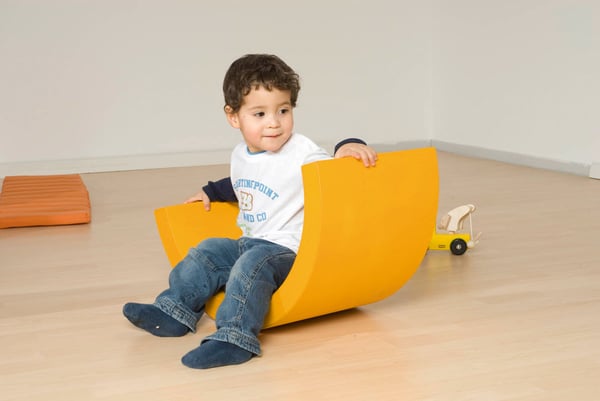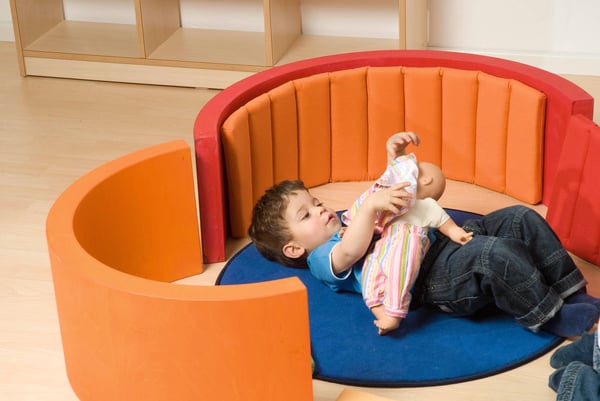Finding out about Autism. We often hear that people with autism are described as being “wired” differently. According to Autism New Zealand’s website, autism is a neuro-developmental condition that affects cognitive, sensory, and social processing. It is helpful to remember that, while there are some common traits that you may notice, every child with ASD is unique and different.
Don't hesitate to ask the parent/caregiver any questions you may have - they know best how to engage with their child. Concerned parents may be referred to autism New Zealand’s website for more information, guidance and contacts to help them on the journey.
Settling in, and engaging with, an ASD child
Early childhood centres are busy, bright and noisy places that can be a sensory challenge even for neurotypical children. Settled times throughout the day, and quiet or enclosed spaces where a child can work or play undisturbed can be helpful. It is very important though to remember that young children need interaction and engagement with people. According to the NZ ASD Guidelines, children need 15 to 25 hours of engagement per week. Interaction with people follows when others become interested in what the autistic child is interested in. By respectfully joining in with that play, we create opportunities for engagement with people.

Transitions and time
For a child with ASD transition often causes difficulty. Preparing the child for changes in a direct and simple way makes their day more predictable and helps make sense of the chaos they experience. Try: “In five minutes we are going to the mat for music time”. Time and clocks may spark an interest that can be further explored. Our Timers, Moveable Hands Clock, and Sensory Bubbles sets provide both an indication of time and potential for a new fascination.
Sensory support
Problems with sensory integration is common among children with ASD. Over-stimulation is often at the root of a meltdown, while sensory seeking behaviour might look like clumsiness, rough play or being insensitive to others’ personal space. Recognising the signs, and learning how to increase or reduce the amount of sensory input that a child experiences, can be very helpful.
HINT: When interacting, come in beside them rather than in front - not insisting on eye contact is a little trick that may help a child to feel supported without being put on the spot.
Autism NZ runs one-day "WAY TO PLAY" workshops specifically designed for people directly involved with a young child with autism. The course offers some simple, easy to use, practical strategies to begin engaging and interacting with children through play. Having fun playing together is the focus.
Dates and locations can be found at autismnz.org.nz/education/programmes
For other courses and events, go to book.autismnz.org.nz
Written by Hanlie Kruger, Grad Dip (ECE)





